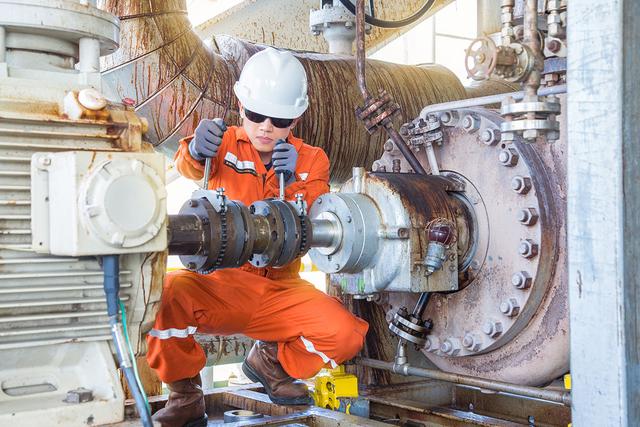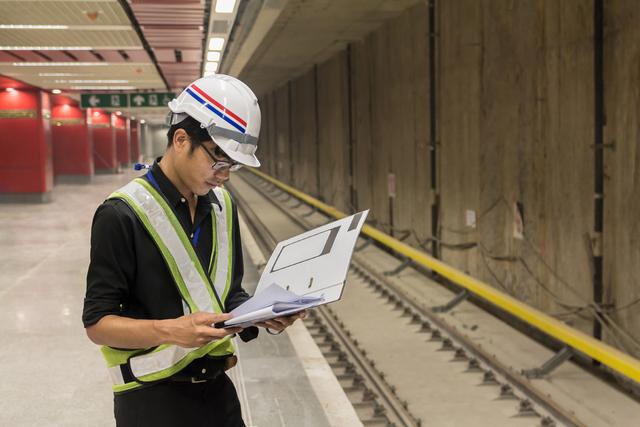Signal Mechanics
Overview

Introduction
Signal mechanics, or signal and track switch repairers, are railroad employees who install, repair, and maintain the signals, signal equipment, and gate crossings that are part of the traffic control and communications systems along railroad tracks. They keep both electrical and mechanical components of signaling devices in good operating order by routinely inspecting and testing lights, circuits and wiring, crossing gates, and detection devices. There are approximately 9,200 signal and track switch repairers employed in th...
Quick Facts
Median Salary
Employment Prospects
Minimum Education Level
Experience
Skills
Personality Traits
Earnings
According to the U.S. Department of Labor, signal and track switch repairers, a career that includes signal mechanics, had median hourly earnings of $39.33 (amounting to an annual salary of $82,710) in May 2023. Wages ranged from less than $29.76 per hour ($61,910 a year) to more than $45.89 per hour ($95,460 a year). Workers receive extra pay for overtime work.
In addition to regular ea...
Work Environment
Signal department workers do their work outdoors in a variety of weather conditions, sometimes at night. Some workers are regularly scheduled to be on call for emergency repairs.
There is variety in the kinds of signals a mechanic works on, and variety in the location of the work, so the job is rarely boring. In addition, workers in this field can take pride in the importance of their re...
Outlook
The U.S. Department of Labor (DOL) predicts that employment for most railroad transportation occupations, including signal mechanics, will be slower than average through 2033. "The expected increase in intermodal freight activity—the shipment of goods through multiple transportation modes—may support demand for railroad workers," the DOL explains. "However, railroads’ efforts to operate more ef...











